Escaping the city to join the Eight Immortals: Hiking in Hong Kong [Part 4]
In the fourth of a six-part series on hiking in Hong Kong, cultural historian Cheng Pei-kai shares the wonders of Hong Kong's hiking trails. This time he stays closer to home, in his neighbourhood of Wu Kai Sha. From his lookout point, he can make out Pat Sin Leng, the Ridge of the Eight Immortals. If he heads to the beach, he can hear the gently lapping waves or dabble in village life under a lush canopy.
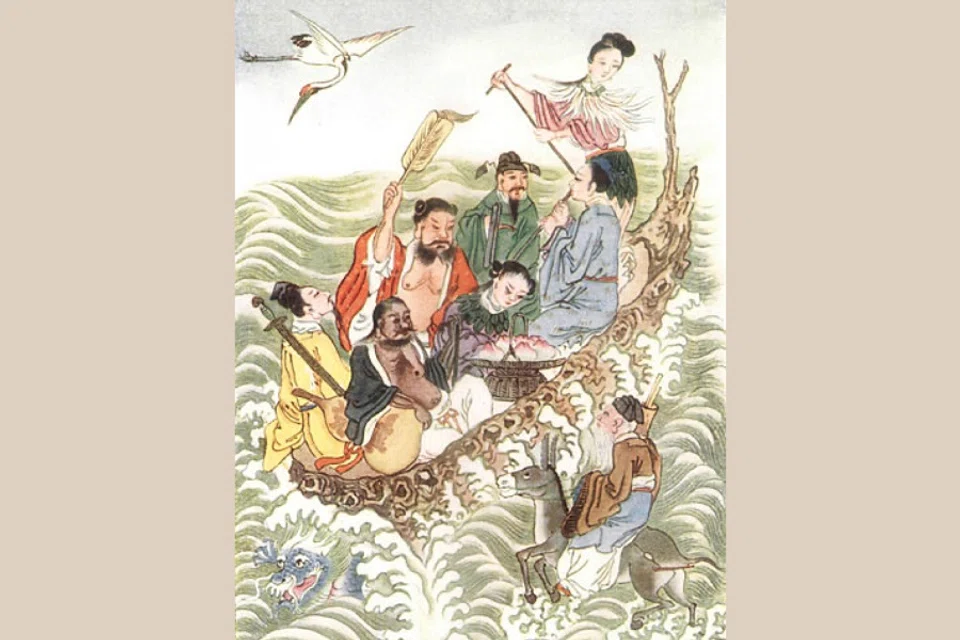
It's been nearly two years since I moved to Wu Kai Sha. As my living environment changed, my field of vision was no longer confined to a concrete jungle. Instead, it basked in the tranquillity of the mountains and the sea. I soon noticed a gradual change in my state of mind.
For a long time, I lived a busy and chaotic life like most Hong Kongers, and was weighed down with work all the time. Because of the nature of my job, I couldn't avoid social functions and accumulated troubles every day that I couldn't seem to shake off. When I returned home, I had to put up with the kitchen smoke from my neighbours, the hustle and bustle outside my windows, and the piercing cries of babies.
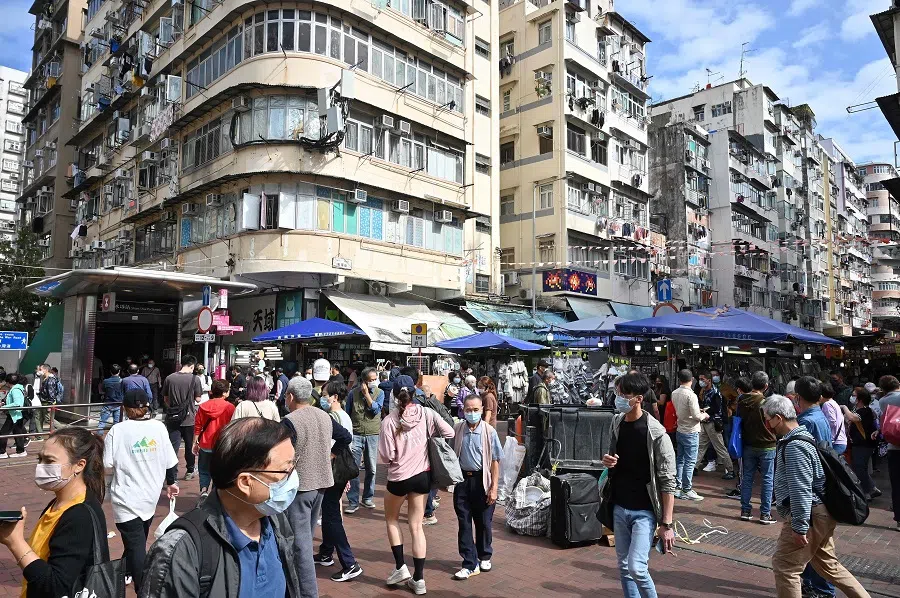
Initially, it was just a little modern-day anxiety that I was facing, like a thorny thatch pressing down on my back, which I could still bear. But as the days went by, I couldn't vent my frustrations and there was no way out of this noisy, stressful city.
My troubles began to accumulate and I slowly felt the weight of the thatch on my back. This yoke was heavy enough to crush camels and make people question if others around them were undercover aliens out to sap all their energy and vigour.
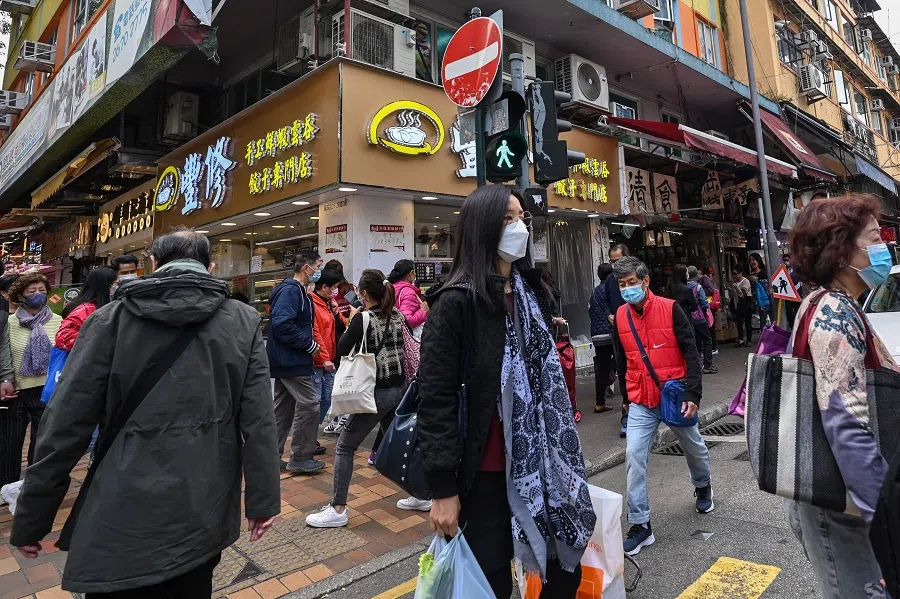
When it got too much to bear, my heart called out to the magnificent mountains and yearned for the mountains and the sea. I desired to move to the suburbs and get away from the worthless things that occupied too much of my time.
While I could not be like Chinese poet Tao Yuanming, who completely abandoned worldly affairs and retreated to the woods, I could learn from his spirit of "living in the hustle and bustle but staying undisturbed by the noisy world".
Just like that, a pair of invisible hands brought me to the end of modern transportation, the terminal stop of Ma On Shan line, Wu Kai Sha.
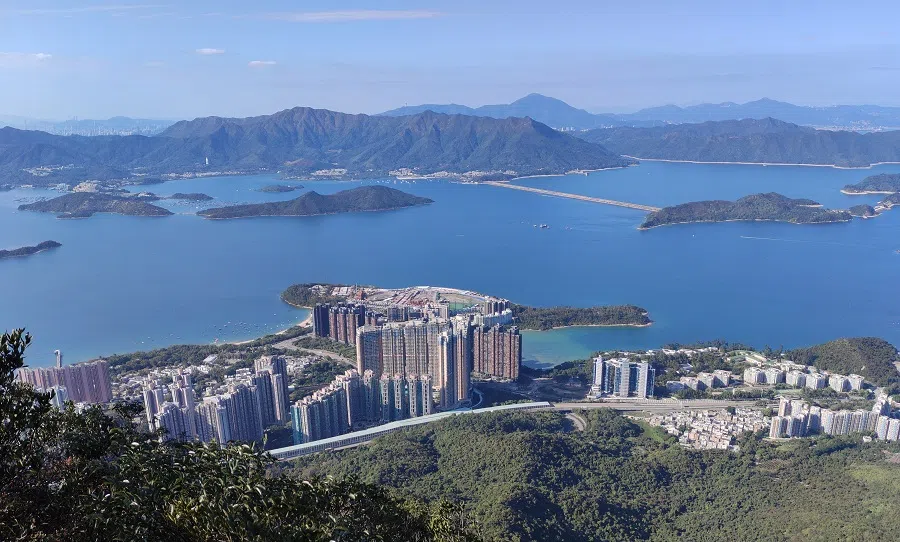
A balm that soothes the mind
From my floor-to-ceiling window in the living room of my home in Wu Kai Sha, I see a bay dotted with a few uninhabited islands. Across the bay and far away in the distance is the verdant Pat Sin Leng (八仙岭, Ridge of the Eight Immortals) with its undulating peaks, making for a pretty imposing scenery.
When the skies are clear, the peaks extend out to the horizon and form a craggy line against it. While they may not be the epitome of nature's magic and wonder, their meandering paths and slanted slopes seem to divide the north and south sides of the mountain ridge into yin and yang, making them look very different at dawn and dusk. As a result, I often feel spiritually connected to Tang dynasty poet Du Fu's poetic realm, as if I've formed some kind of connection with the ancient people.
I would occasionally see some black kites spreading their wings and flying outside my window, as if dancing in tandem with the mountains and clouds in the distance. I would even be reminded of the joyous and carefree days of my youth - as the birds fly freely in the sky, the universe is vast and infinite, and my mind has no limits.
Facing Pat Sin Leng every day, I became curious and wanted to match each of the peaks to the Eight Immortals. The easternmost peak of the ridge, the one near Plover Cove Reservoir and sits behind Tai Mei Tuk, is Hsien Ku Fung (仙姑峰) - that must be He Xiangu (何仙姑).

A little to the west, the peak that's a little higher and over 500 metres tall is Shun Yeung Fung (纯阳峰) - that must be Lü Dongbin (吕洞宾), whose title was Chunyang. Yet further west are Lai Pek Shan (犁壁山), Wong Leng (黄岭), and Ping Fung Shan (屏风山), which have an elevation of over 600 metres and make up the main body of the mountain ridge. But where are the other six immortals? Where are Han Xiangzi, Lan Caihe, Cao Guojiu, Li Tieguai, Zhang Guolao and Han Zhongli?
Based on the Agriculture, Fisheries and Conservation Department of Hong Kong's information, there are eight mountain ridges to the east of Lai Pek Shan. All Eight Immortals have their own peaks, such as Tsao Kau Fung (曹舅峰) and Kuai Li Fung (拐李峰), which seem to be named by the natives there. It is just that we "fake New Territories people" who have moved here from the city are not sharp-eyed like them. The peaks of the Eight Immortals are right before us, but we can't tell which is which.
Quaint villages for a little respite
Below my balcony lies the lush greenery of Wu Kai Sha village. Clusters of village houses lie hidden under the verdant canopy, while a few patches of banana groves interspersed in between them add a rustic charm to the place.
Among the thick foliage stands a church with a white cross on its spire, looking especially prominent among the greenery and highlighting the status of Wu Kwai Sha Youth Village (operated by the Chinese YMCA of Hong Kong) in the area. Behind the youth village and greenery lies a clear and vast beach that's quiet and primal.
The vibe was rather like Hawaii's tropical atmosphere, with a sense of restrained romance and tamed wildness.
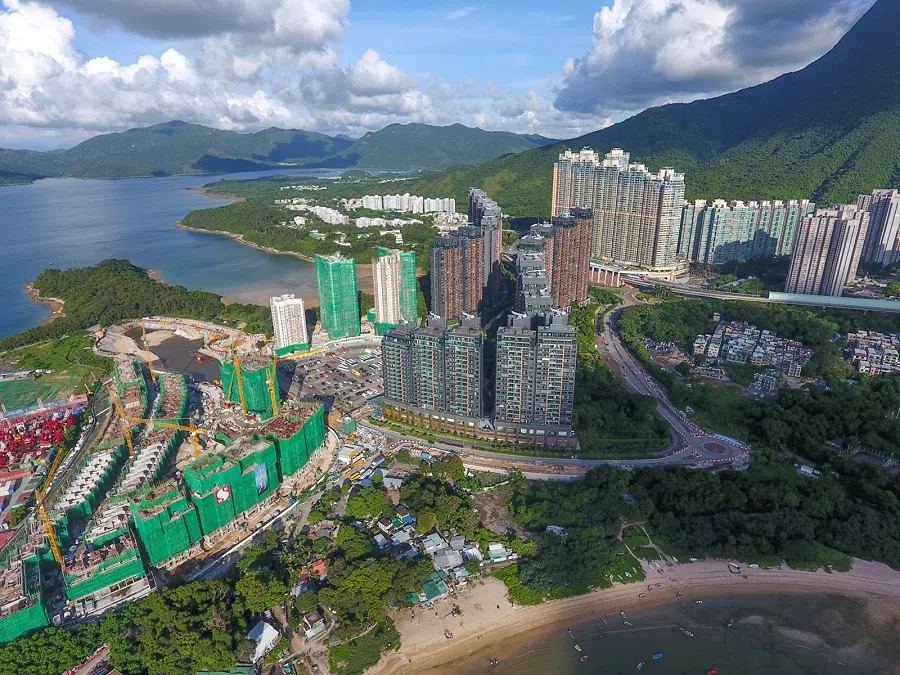
At the coastal region near the end of the beach where Lok Wo Sha (落禾沙) and Wu Kuai Sha (乌龟沙) intersect lies a dozen households sitting among a few century-old banyan trees - that is To Tau Wan village (渡头湾村).
I heard that people had travelled the seas and settled down at this place since the late Ming dynasty. During the early Qing dynasty, the Qing government implemented the Great Clearance (迁界令) which required the evacuation of the coastal areas to the inland. I wonder if the residents here have lived secluded lives such that they were able to evade the officials and continue living here in place until modern times?
Nowadays, they are no longer fishermen but earn their living by running barbecue businesses instead. Halved gasoline barrels repurposed as barbecue pits littered across the beach. During the weekends, the area would come alive as young people have a barbecue and hold sing-along sessions in the evenings. The vibe was rather like Hawaii's tropical atmosphere, with a sense of restrained romance and tamed wildness.
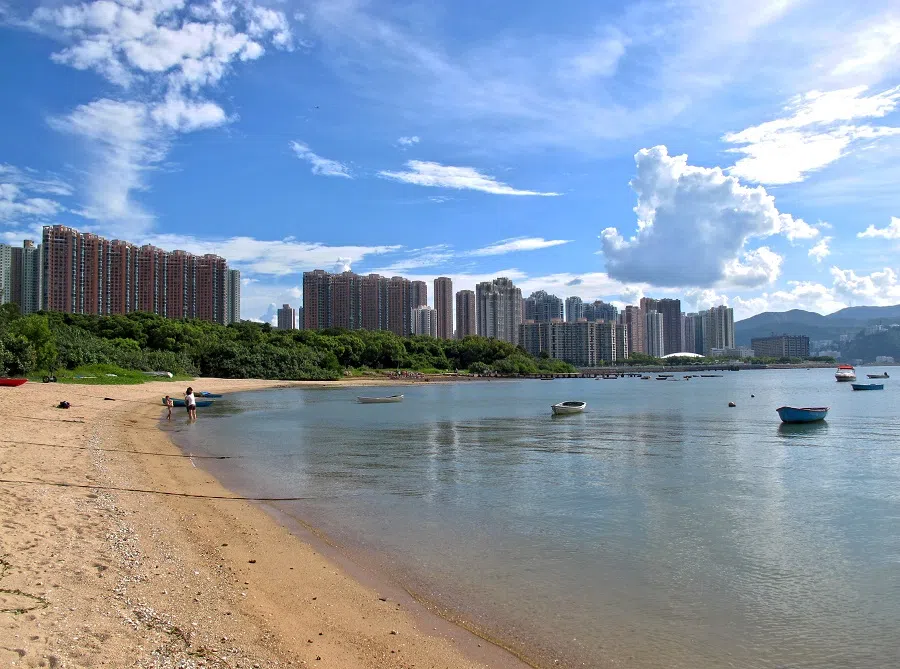
On weekend mornings, we would take a stroll on the beach and watch the gentle waves lap against the shore, bringing with them the fishy smell of the sea. Many of the older residents enjoy swimming at the break of dawn, returning home even before the sun rises.
On their way home, they would wish us "good morning", and we would exchange morning greetings along the way with anyone who had just finished swimming. We would stand by the beach and watch the clouds fluttering on the mountain peaks across the sea.
Wu Kai Sha is indeed an amazing and blessed place, and in Hong Kong at that.
This article was first published in Chinese on United Daily News as "烏溪沙" in 2012.
Related: Hong Kongers are fortunate people: Hiking in Hong Kong [Part 1] | Seeing California from Hong Kong's shores: Hiking in Hong Kong [Part 2] | The allure of youth on the mountain trails: Hiking in Hong Kong [Part 3] | Cultural historian: A woman swinging on a branch and an abused tree | Cultural historian Cheng Pei-kai: A half-century journey around the globe to Hong Kong's Wu Kai Sha





![[Big read] China’s 10 trillion RMB debt clean-up falls short](https://cassette.sphdigital.com.sg/image/thinkchina/d08cfc72b13782693c25f2fcbf886fa7673723efca260881e7086211b082e66c)